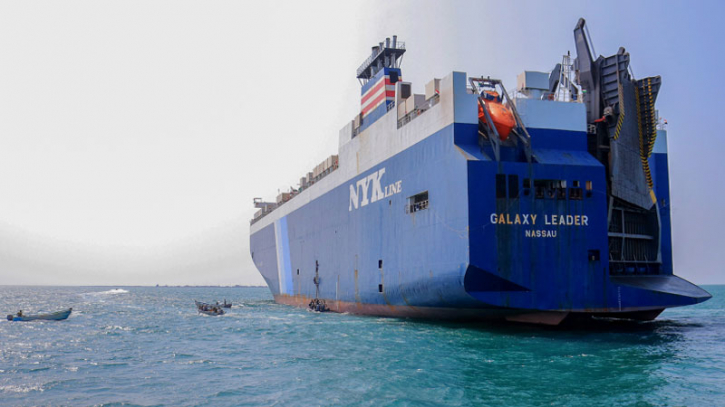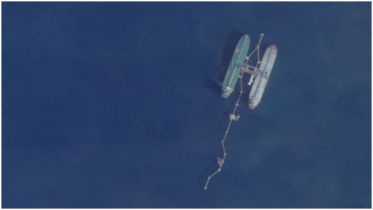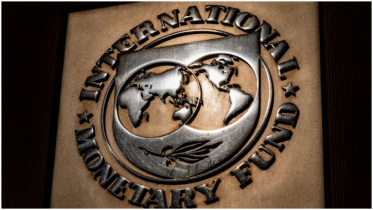Houthi attacks have triggered the biggest redirection of shipping in decade

Two months of missile, drone and hijacking attacks against civilian ships in the Red Sea have caused the biggest diversion of international trade in decades, pushing up costs for shippers as far away as Asia and North America. The disruption is spreading, fuelling fears of broader economic fallout.
Repeated rounds of retaliatory strikes by the US and its allies, as well as a multinational naval operation to patrol the waters, haven't stopped the assaults by the Houthi militants that followed the start of the Israel-Hamas war. With sailors demanding double pay and insurance rates skyrocketing, shipping lines are steering clear of a waterway that normally carries 12% of the world's seaborne trade.
More than 500 container ships that would have sailed through the Red Sea to and from the Suez Canal, carrying everything from clothing and toys to auto parts, are now adding two weeks to their routes to travel around the Cape of Good Hope at the southern tip of Africa, according to Flexport. That's about a quarter of all the container-shipping capacity in the world, according to the digital logistics platform.
"We haven't seen costs increase this quickly since the last crunch in the pandemic," said Vincent Iacopella, a logistics expert at Alba Wheels Up. Many of the underlying bottlenecks in supply chains remain, even though prices dropped last year as the Covid-19 disruptions faded, he said. The cost of shipping containers from China to the Mediterranean Sea has more than quadrupled since late November, according to Freightos, a cargo-booking company.
Shipping lines, as well as those that carry oil, say they're planning for the upheaval to last months or more, with vessels for the longer route booked as far out as the summer. That means every company sending goods has more inventory tied up in transit and needs yet more in case containers get scarce. Already, the factories that make those ubiquitous metal cargo boxes are working flat out, according to Container xChange, an online industry platform. Ports as far away as Halifax, Nova Scotia report delays in getting ships, and higher costs.
Customers are scrambling to adapt. Volvo Car AB and Tesla Inc. have announced production suspensions at plants in Europe, citing the inability to get components from suppliers in Asia. British retailers Tesco Plc and, Marks & Spencer Group Plc have flagged the risk of higher costs. Maersk, the No. 2 container carrier, warned last week that disruptions will last for a few months at least. Though many companies say they still haven't felt the effects, the longer the upheaval goes on, the wider the economic impact.
Underestimated Risks
"So far, many executives and investors have consistently undershot the potential for this risk to emerge," said Alexis Crow, who specializes in geopolitics and long-term investing at PricewaterhouseCoopers LLP. "This is perhaps predicated on a misguided assumption that the Israel-Hamas conflict remains contained."
Though there's no sign the higher costs are boosting inflation yet, central bankers are already warning of the risks. Christine Lagarde, president of the European Central Bank, cited "the coming back of supply bottlenecks" as one of the four key risk factors she's watching. Low water levels are already slowing flows through the Panama Canal.
A spike in oil prices would be another risk for inflation if the conflict disrupted supply.
"So far I think we have been lucky in that we haven't seen an oil tanker get hit." said Saad Rahim, chief economist at Trafigura Group, one of the world's biggest commodity traders. "That could be really something that then focuses the mind."
Bloomberg Economics says the upside risks from shipping costs could offer central banks another reason to delay interest-rate cuts. Economists at JPMorgan Chase & Co forecast a 0.7 percentage-point increase to global goods inflation during the first half of this year if the shipping crunch persists.
Higher Costs
"So far, we've mainly felt the higher costs," said Rainer Grill, spokesman for Ziehl-Abegg SE, a manufacturer of ventilation technology based in Kuenzelsau, Germany. "The delays are particularly painful for individual shipments — such as components for new production plants that are on their way to Asia."
Niels Rasmussen, chief shipping analyst at trade group Bimco, said the impact from the Red Sea crisis is already more severe than that from the Ever Given, the huge ship which ran aground and blocked the Suez Canal for about a week in 2021. If it continues, he said, the effect could rival the 1956 Suez Crisis, which left the canal closed for five months.
This time, Bloomberg Intelligence estimates the rerouting ads about 40% in voyage distance. For importers that means delays, higher costs, key components stuck on the high seas and air freight offering a limited alternative. The volume of shipments by plane from Vietnam to Europe — a major route for clothing — jumped 62% in the week ended Jan. 14, according to Oslo-based Xeneta. Other carriers are going overland via Kazakhstan, bypassing Russia to get goods to Europe.
Source: Bloomberg
.png)




